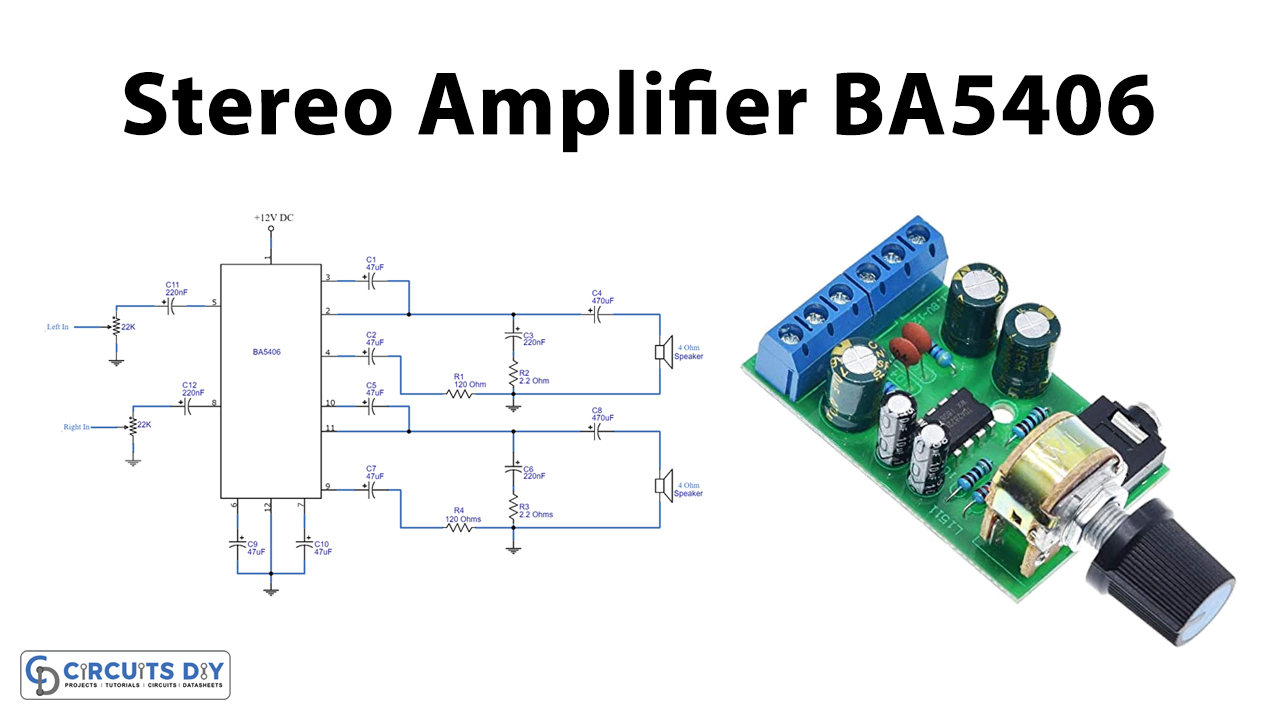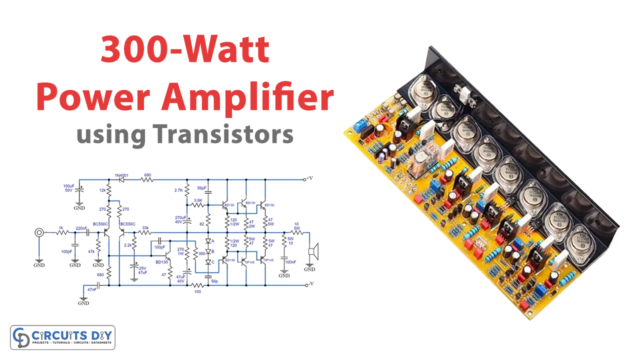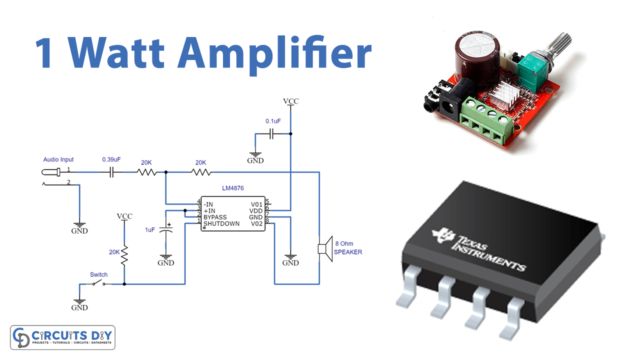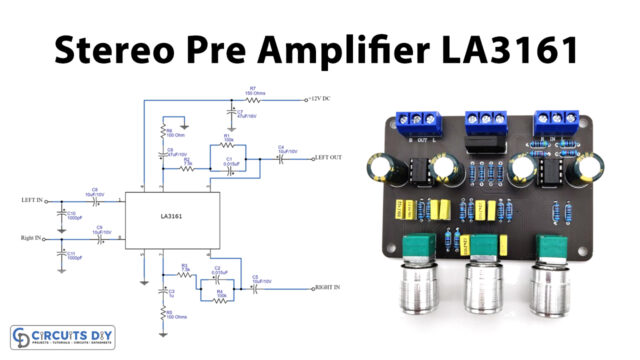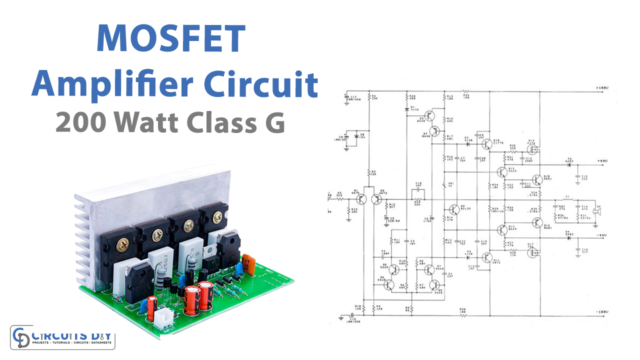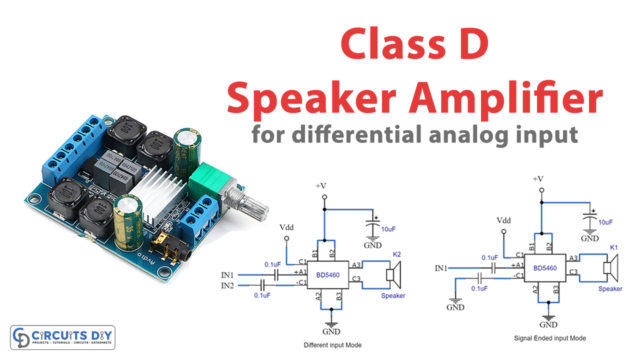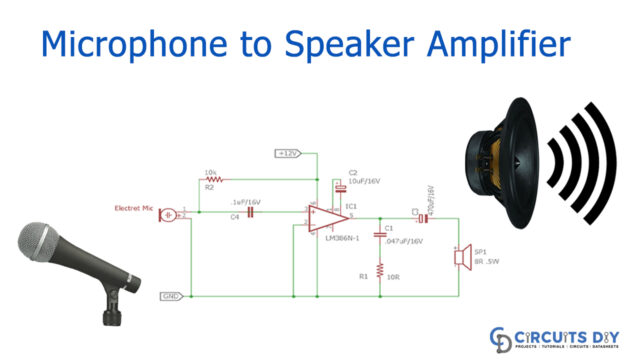Introduction
In the world of electronic circuits, amplifier plays a crucial role. There are many different ways to make an amplifier circuit. Some are voltage amplifiers. And, some are power amplifiers. Both kinds of amplifiers are used to raise the input voltage at the output. Voltage amplifiers enhance the voltage signal. While the power amplifiers increase the whole input power signal. So, this article is about making a BA5406 stereo amplifier circuit
BA5406 belongs to the ROHM semiconductor. Therefore, it transfers a 5-watt separate channel into a 4 ohms speaker. Also, it requires 5 to 15 volts of power supply. Moreover, the favorable part is that it does not require an output coupling transformer and can survive by a single supply. Since the IC dissipates heat. Thus, the circuit requires a heat sink. Also, make sure that the power supply must be filtered and regulated.
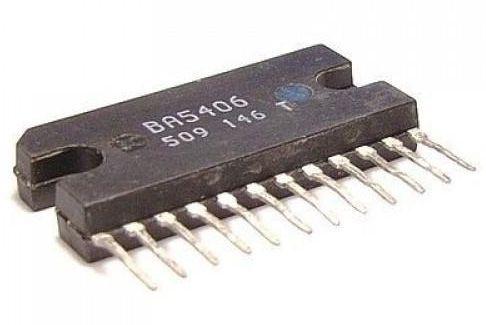
Hardware Components
The following components are required to make Stereo Amplifier Circuit
| S.no | Component | Value | Qty |
|---|---|---|---|
| 1. | Vero Board/ PCB Board | – | 1 |
| 2. | IC | BA5406 | 1 |
| 3. | Potentiometer | 22K | 2 |
| 4. | Resistors | 2.2 ohms, 120ohms | 2, 2 |
| 5. | Electrolyte Capacitor | 47uf, 470uf, 220nf | 6, 2, 4 |
| 6. | Speaker | – | 1 |
| 7. | DC supply | 12V | 1 |
BA5406 Pinout
For a detailed description of pinout, dimension features, and specifications download the datasheet of BA5406
Stereo Amplifier Circuit
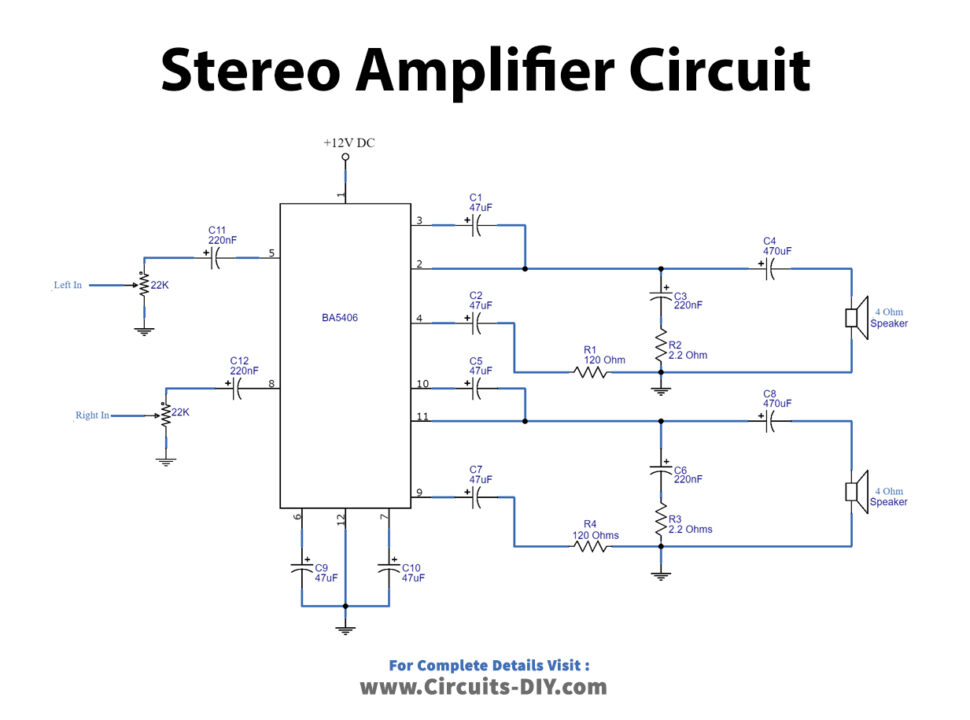
Working Explanation
The circuit has C11 and C12 as input decoupling capacitors for left and right channels respectively. In the same vein, the capacitors C1 and C5 are bootstrap capacitors for the left and right channels respectively. Capacitor C3 and resistor R2 are making a Zobel network. Hence, the main objective of this network is to reduce oscillation and enhance the stability of an amplifier. Similarly, the capacitors C4 and C8 are coupling capacitors for the output. C9 and C10 are there to filter noise. Moreover, to control the volume of speakers potentiometers are present in the circuit.
Application and Uses:
- Certainly, it is used in Audio players
- Also, in the Stereo module system
- Further, in Television, etc


